12 Really Cool Things You Probably Didn't Know About Wolves
Wolves have long captured the human imagination, appearing as both majestic and menacing figures in folklore and reality. These magnificent creatures, often misunderstood, are shrouded in mystery. The allure of wolves lies not only in their physical prowess and haunting howls but also in their complex social structures and behaviors that often mirror our own. As apex predators, they play a crucial role in maintaining the balance of ecosystems, yet their existence is constantly threatened by human expansion and misconceptions. This exploration into the world of wolves aims to unravel the mystique surrounding them by delving into 12 surprising secrets that reveal their unseen wonders. From their intricate communication methods to their unexpected ecological contributions, each section will shed light on a different facet of these enigmatic animals, offering a comprehensive understanding of their true nature.
1. The Language of Howls: Communication Among Wolves
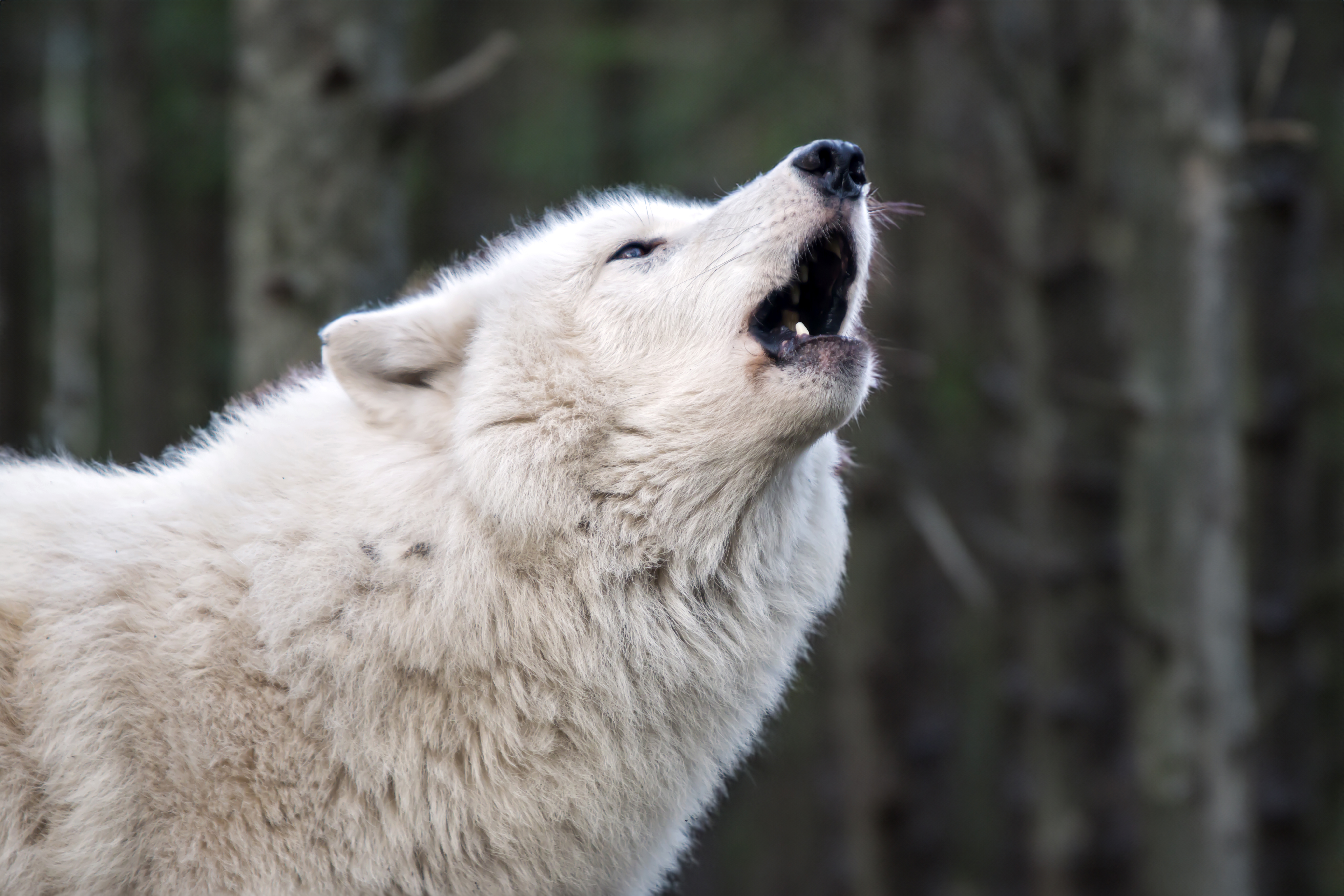
Wolves are known for their iconic howls, but these vocalizations are more than just eerie sounds echoing through the night. They serve as a sophisticated communication tool within the pack. Each howl can convey different messages, from signaling the pack's location to warning intruders. Wolves can distinguish between the howls of their pack members and those of strangers, showcasing an impressive level of auditory discrimination. Studies have shown that howling helps strengthen social bonds within the pack, akin to a form of social glue. Moreover, the pitch and duration of a howl can indicate the wolf's emotional state, revealing a depth of expression that rivals human communication. Understanding the nuances of wolf howls provides insight into their social dynamics and challenges the notion of wolves as mere solitary hunters.
2. Pack Dynamics: The Heart of Wolf Society
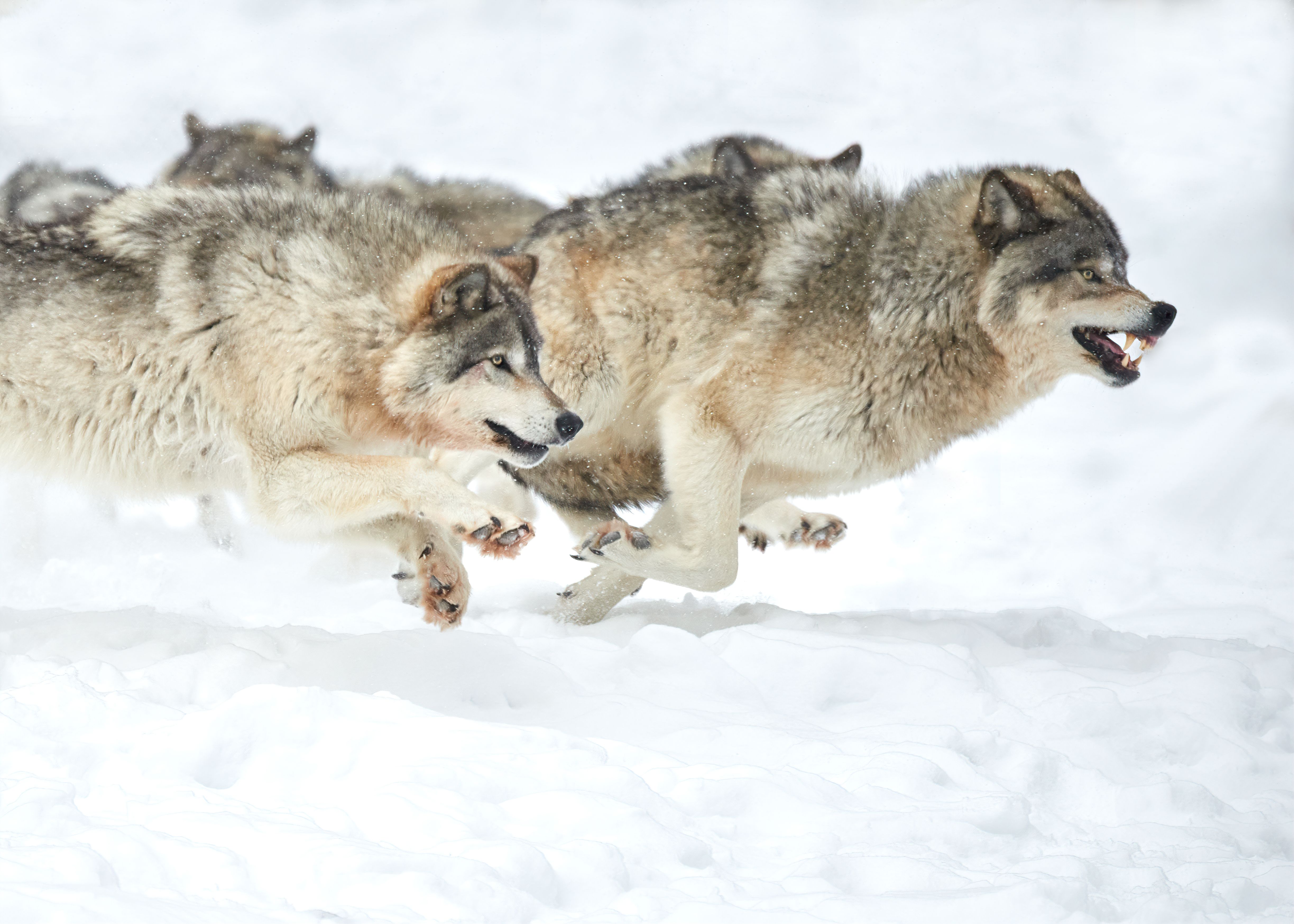
At the core of wolf society lies the pack, a complex social structure that is both hierarchical and cooperative. Packs are typically family units consisting of a breeding pair, known as the alpha male and female, and their offspring. This structure ensures the survival and success of the group, as each member plays a vital role. The alpha pair leads the pack, making decisions about hunting and territory defense, while subordinate wolves assist in raising the young and caring for injured members. Interestingly, the concept of the "alpha wolf" as a dominant figure through aggression is a misconception; leadership is often maintained through respect and experience. The pack's cohesion is maintained through social rituals, such as grooming and play, which reinforce bonds and reduce tension. This intricate social system mirrors human familial structures, highlighting the intelligence and adaptability of wolves.
3. Wolves as Ecosystem Engineers
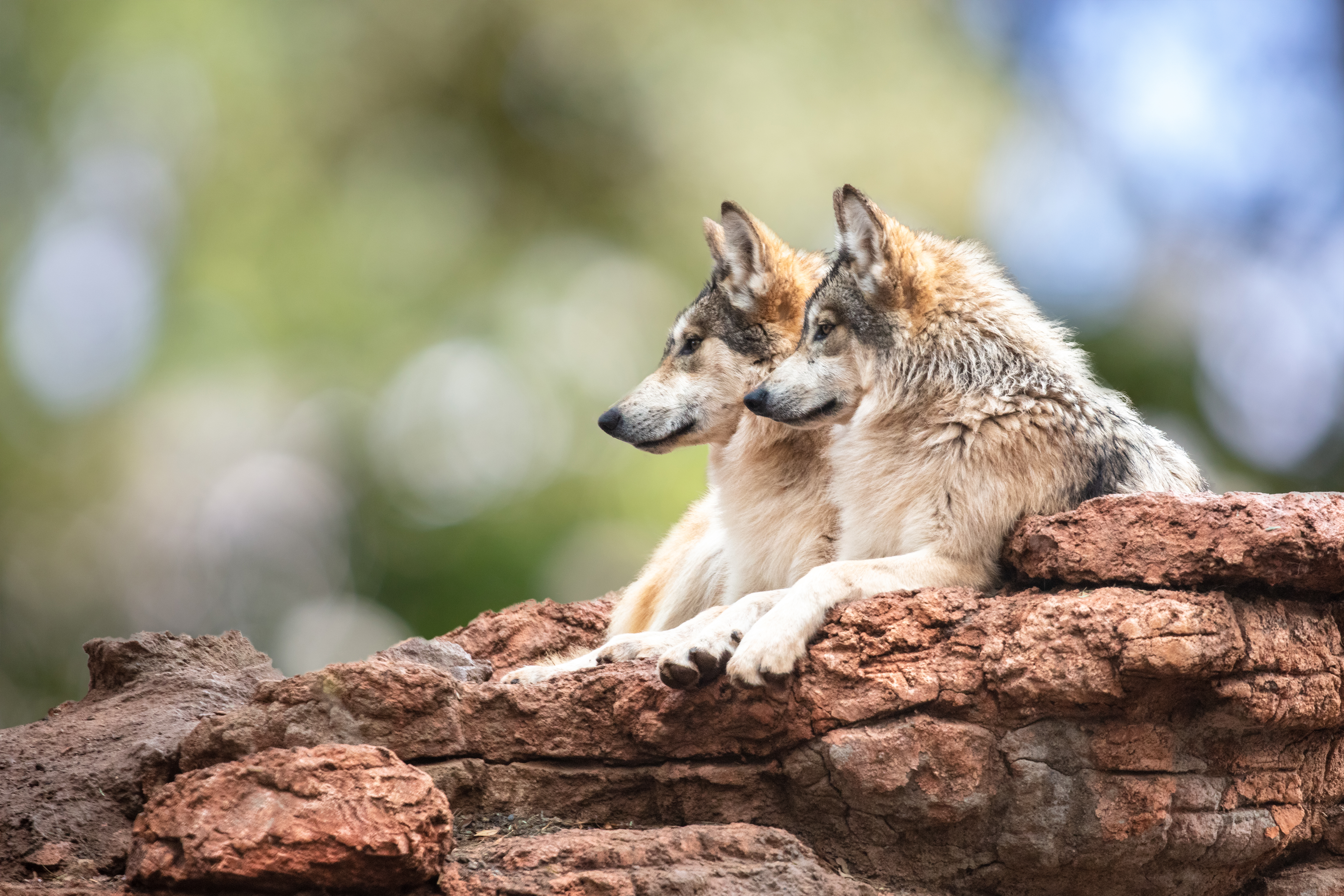
Wolves are not just top predators; they are vital ecosystem engineers whose presence can transform landscapes. Their role in regulating prey populations prevents overgrazing, which in turn maintains vegetation health and biodiversity. A famous example of this is the reintroduction of wolves to Yellowstone National Park in the 1990s. The resulting trophic cascade led to a resurgence of vegetation, increased biodiversity, and even changes in river courses due to stabilized banks. Wolves indirectly support numerous species, from birds to beavers, by maintaining the balance of nature. This ecological impact underscores the importance of wolves beyond their immediate predatory role, highlighting their significance in fostering resilient ecosystems. Understanding this aspect of wolves challenges the negative perceptions that often lead to their persecution and emphasizes the need for their conservation.
4. The Myth of the Lone Wolf: Solitude vs. Sociality
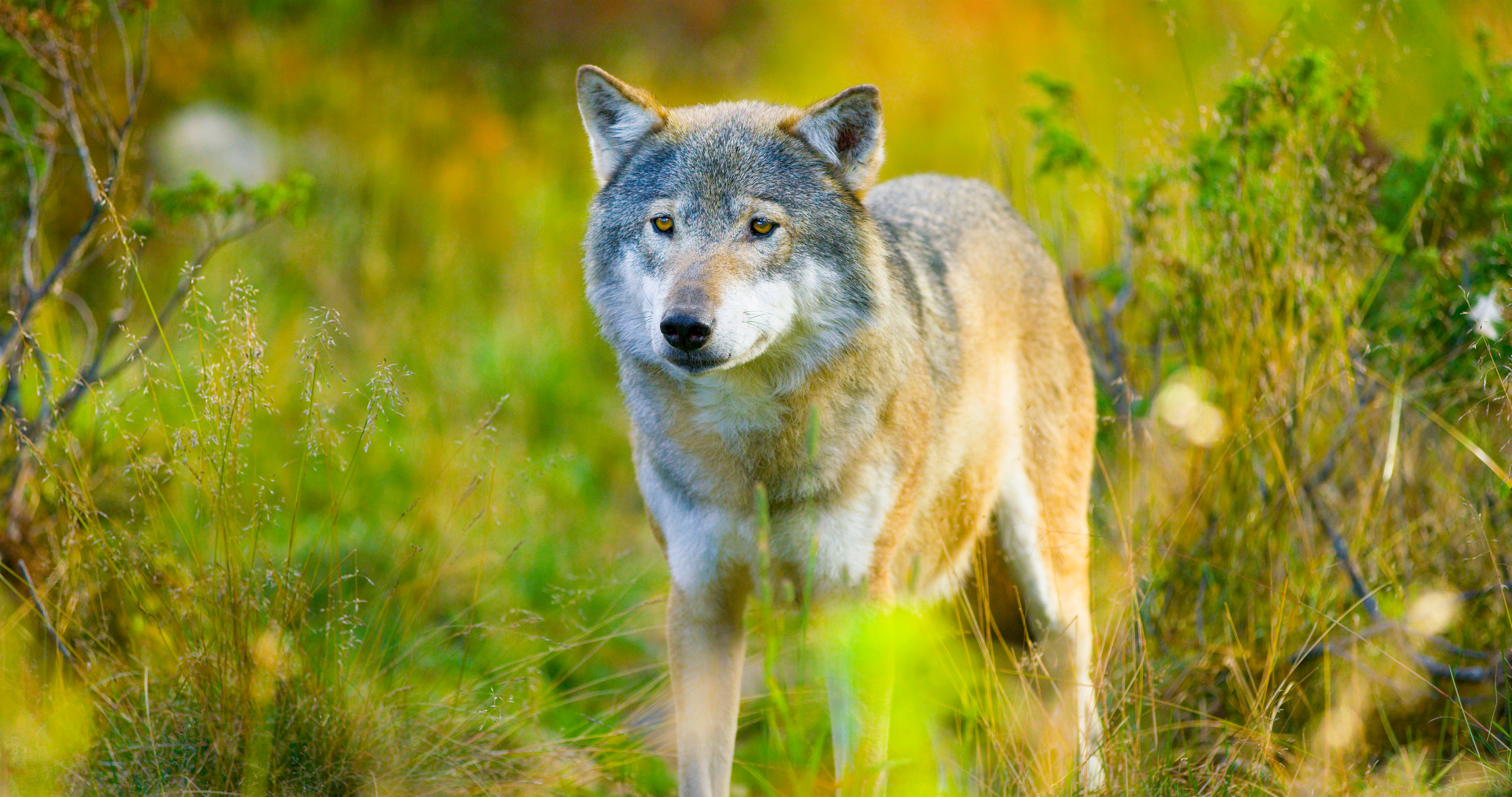
The image of the "lone wolf" is a pervasive myth that misrepresents wolf behavior. While wolves may occasionally leave their packs to find new territory or mates, they are inherently social animals that thrive in group settings. The lone wolf is often a temporary phase rather than a permanent state. Solitary wolves face numerous challenges, including increased vulnerability to predators and difficulty securing food. The social structure of a pack offers numerous advantages, such as cooperative hunting strategies and collective defense against threats. Wolves' preference for social living is evident in their complex communication and strong familial bonds. This section dispels the myth of the lone wolf and highlights the importance of social connections in wolf survival and success.
5. Wolves in Human Culture: From Folklore to Modern Media
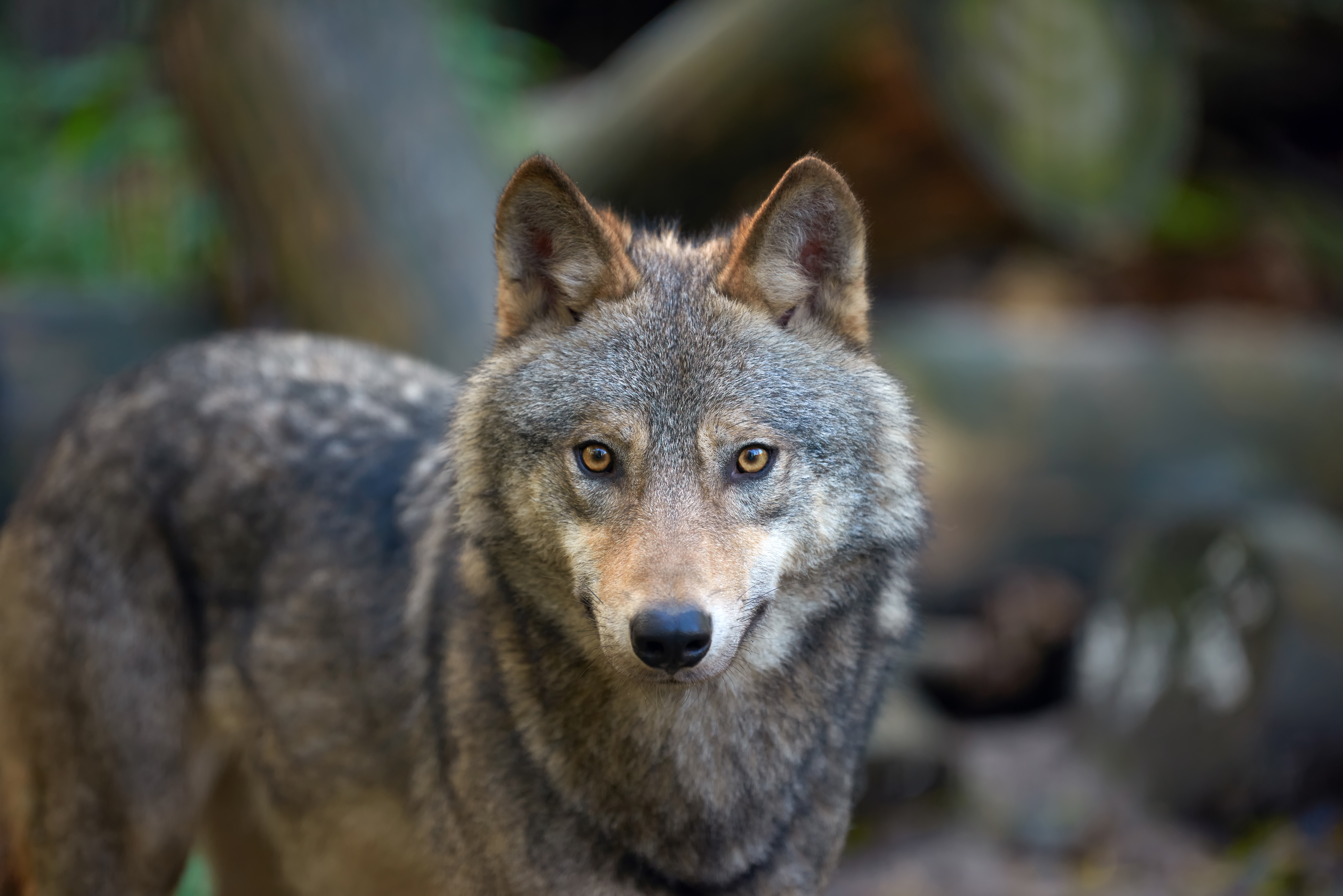
Wolves have been a fixture in human culture for centuries, appearing as symbols of both fear and fascination. In folklore, they are often depicted as cunning villains or noble warriors, reflecting the duality of their nature. Stories like "Little Red Riding Hood" and "The Three Little Pigs" have cemented wolves as fearsome adversaries in the cultural imagination. However, wolves also hold spiritual significance in many indigenous cultures, where they are revered as symbols of strength, loyalty, and wisdom. In modern media, wolves continue to captivate audiences, whether as protagonists in wildlife documentaries or as metaphors for human traits in literature and film. This cultural portrayal of wolves influences public perception and conservation efforts, underscoring the need to balance myth with reality in our understanding of these complex creatures.
6. The Science of Wolf Genetics: Unraveling Ancestry and Evolution
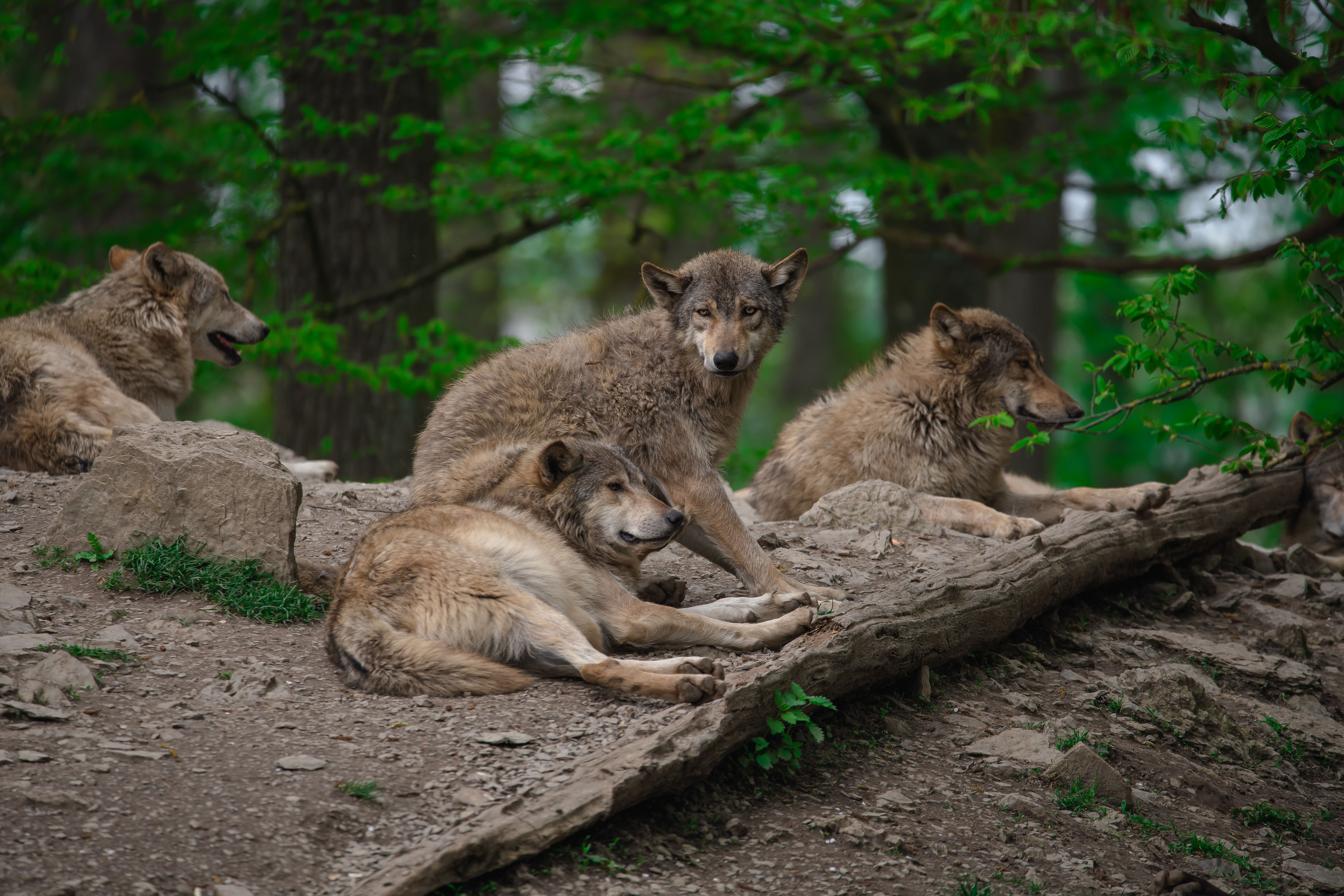
The genetic history of wolves offers fascinating insights into their evolution and relationship with other canids, including domestic dogs. Wolves are believed to have diverged from a common ancestor with dogs around 15,000 to 40,000 years ago. Genetic studies have revealed the existence of various wolf subspecies, each adapted to their unique environments, from the Arctic tundra to the forests of North America. These adaptations are evident in their physical traits, such as fur density and coloration, which reflect their habitat's demands. Understanding wolf genetics also sheds light on their behavior, as certain traits have been linked to sociality and hunting strategies. The study of wolf genetics not only enhances our knowledge of their evolutionary history but also informs conservation strategies by identifying genetic diversity and connectivity between populations.
7. The Art of the Hunt: Wolves' Strategic Hunting Techniques
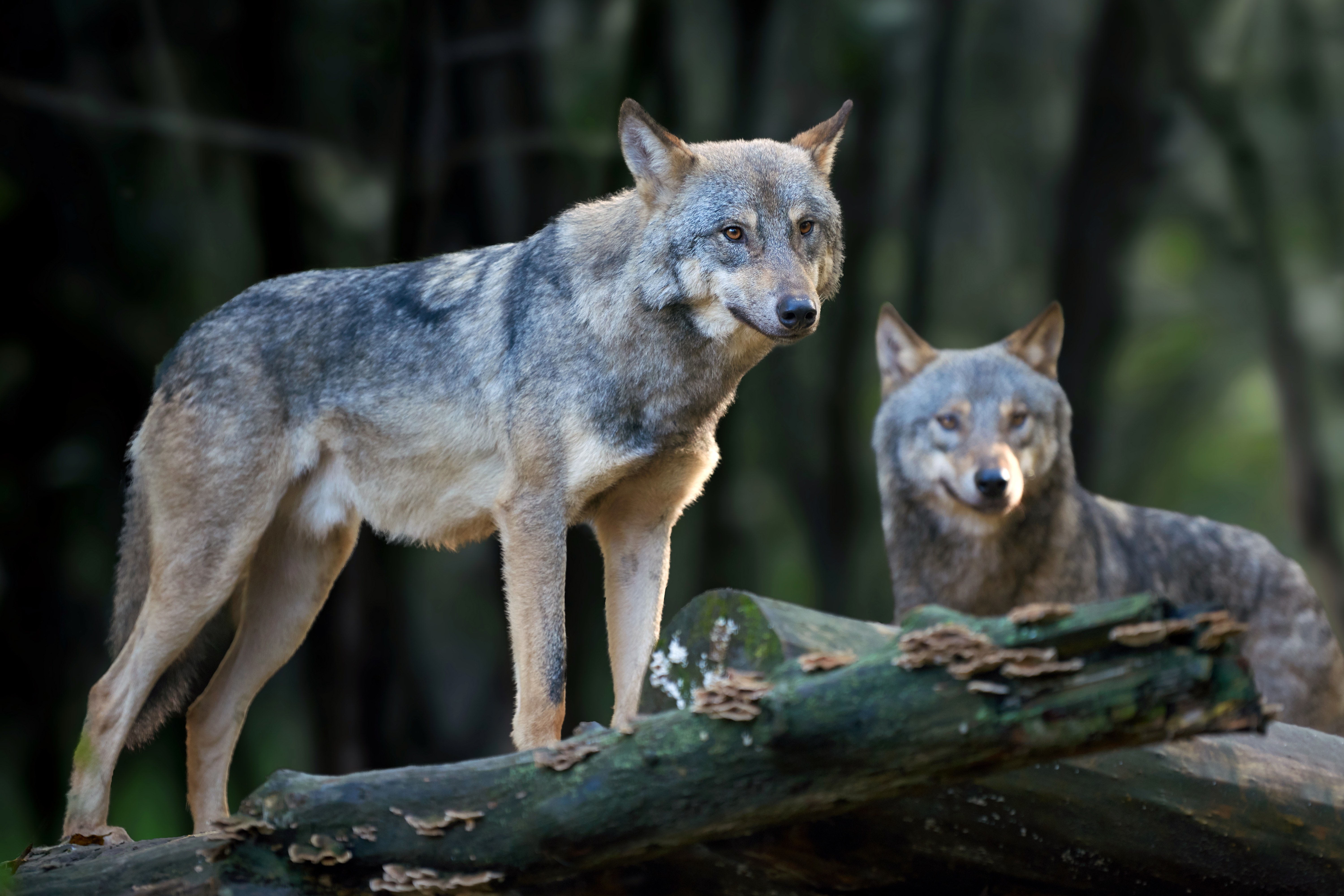
Wolves are highly skilled hunters, employing a range of strategies to capture prey. Their hunting techniques are a testament to their intelligence and teamwork. Wolves often hunt in packs, using coordinated efforts to outmaneuver and exhaust their prey. They rely on their acute senses, particularly their sense of smell and hearing, to locate and track animals over long distances. Wolves are known for their endurance, capable of pursuing prey for miles until the opportunity for a successful attack arises. Their hunting style varies depending on the prey, with different tactics used for large ungulates like elk and smaller mammals like rabbits. These adaptable hunting methods demonstrate wolves' ability to thrive in diverse environments and highlight their role as efficient predators in the natural world.
8. The Role of Wolves in Shaping Biodiversity
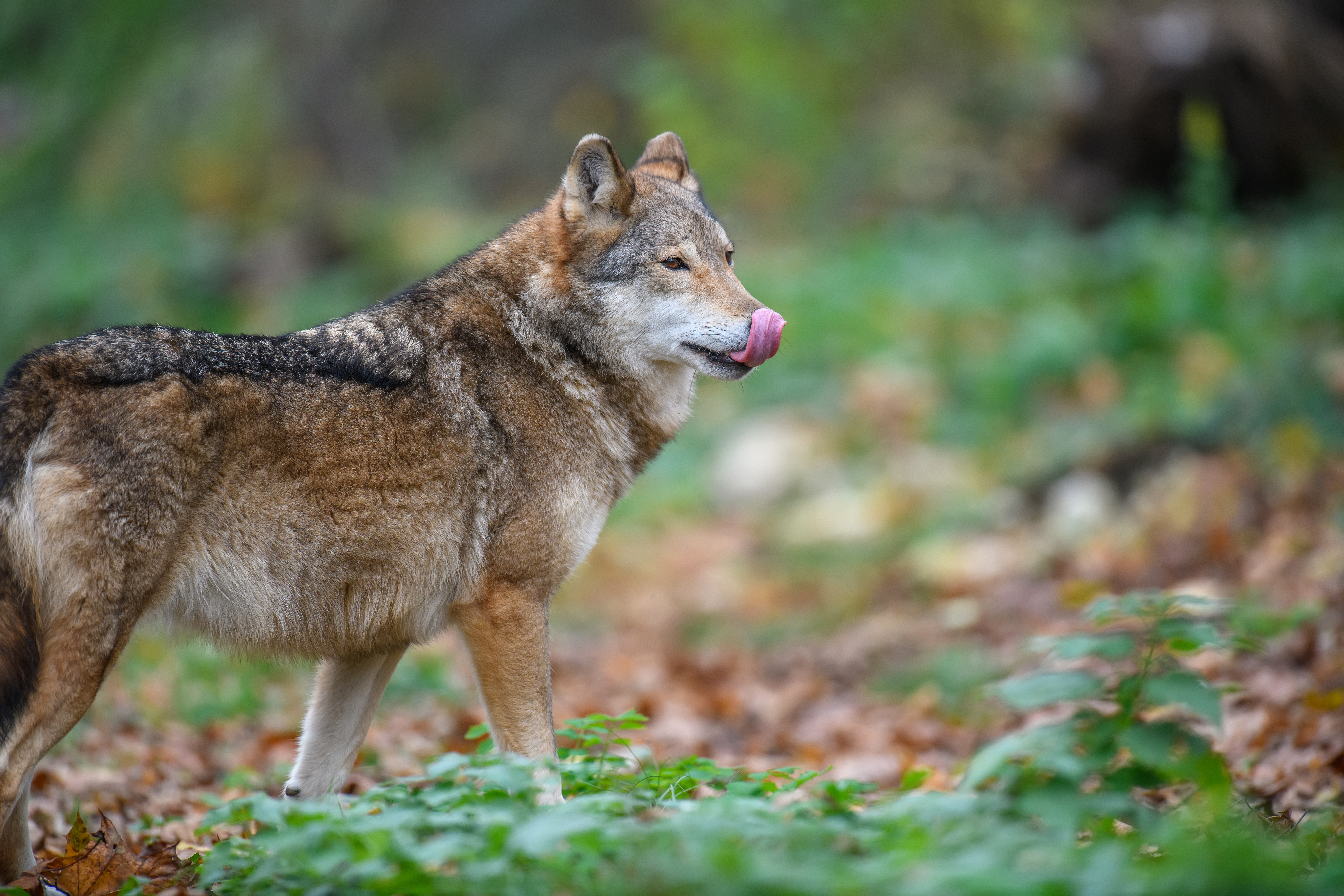
Wolves play a crucial role in shaping biodiversity through their interactions with prey and other species. By controlling herbivore populations, wolves prevent overgrazing and promote plant diversity. This, in turn, supports a wide range of species, from insects to birds, creating a ripple effect throughout the ecosystem. Wolves also influence the behavior of prey animals, which can alter their feeding patterns and habitat use. This phenomenon, known as the "ecology of fear," leads to more balanced ecosystems where no single species dominates. The presence of wolves can even impact scavenger species, as their kills provide food for animals like ravens and bears. This interconnectedness highlights the importance of wolves in maintaining healthy, balanced ecosystems and underscores the need for their protection.
9. Wolves and Climate Change: Adapting to a Changing World
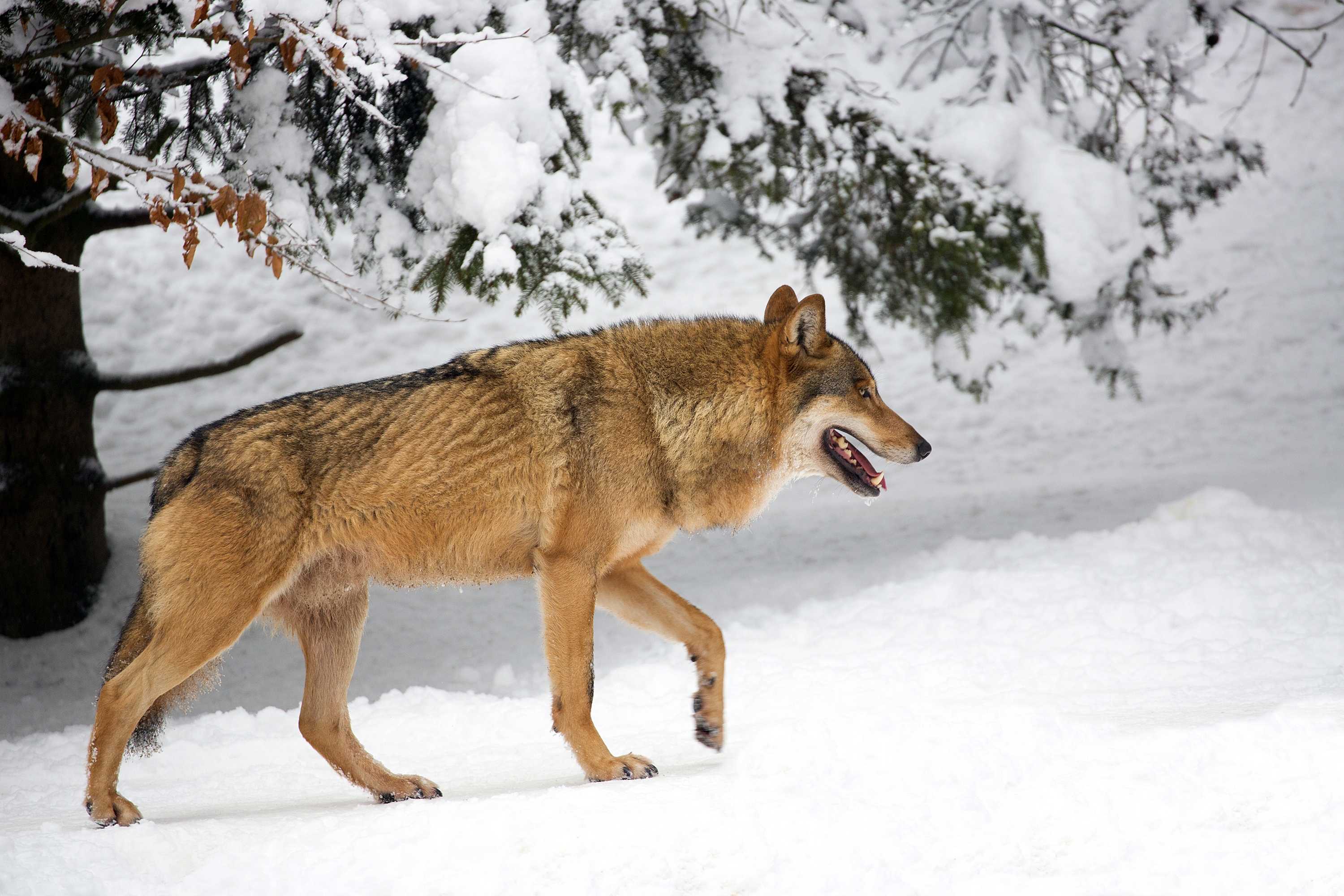
As climate change alters habitats and ecosystems, wolves face new challenges and opportunities. Changes in temperature and precipitation patterns can affect prey availability and distribution, forcing wolves to adapt their hunting strategies and territories. Some wolf populations are expanding their range into areas previously uninhabitable due to warming temperatures, while others face increased competition and habitat loss. Climate change also impacts the timing of biological events, such as breeding and migration, which can disrupt the delicate balance of wolf-prey interactions. Despite these challenges, wolves have demonstrated remarkable adaptability, showcasing their resilience in the face of environmental change. Understanding how wolves respond to climate change is crucial for developing effective conservation strategies that ensure their survival in a rapidly changing world.
10. The Human-Wolf Conflict: Navigating Coexistence
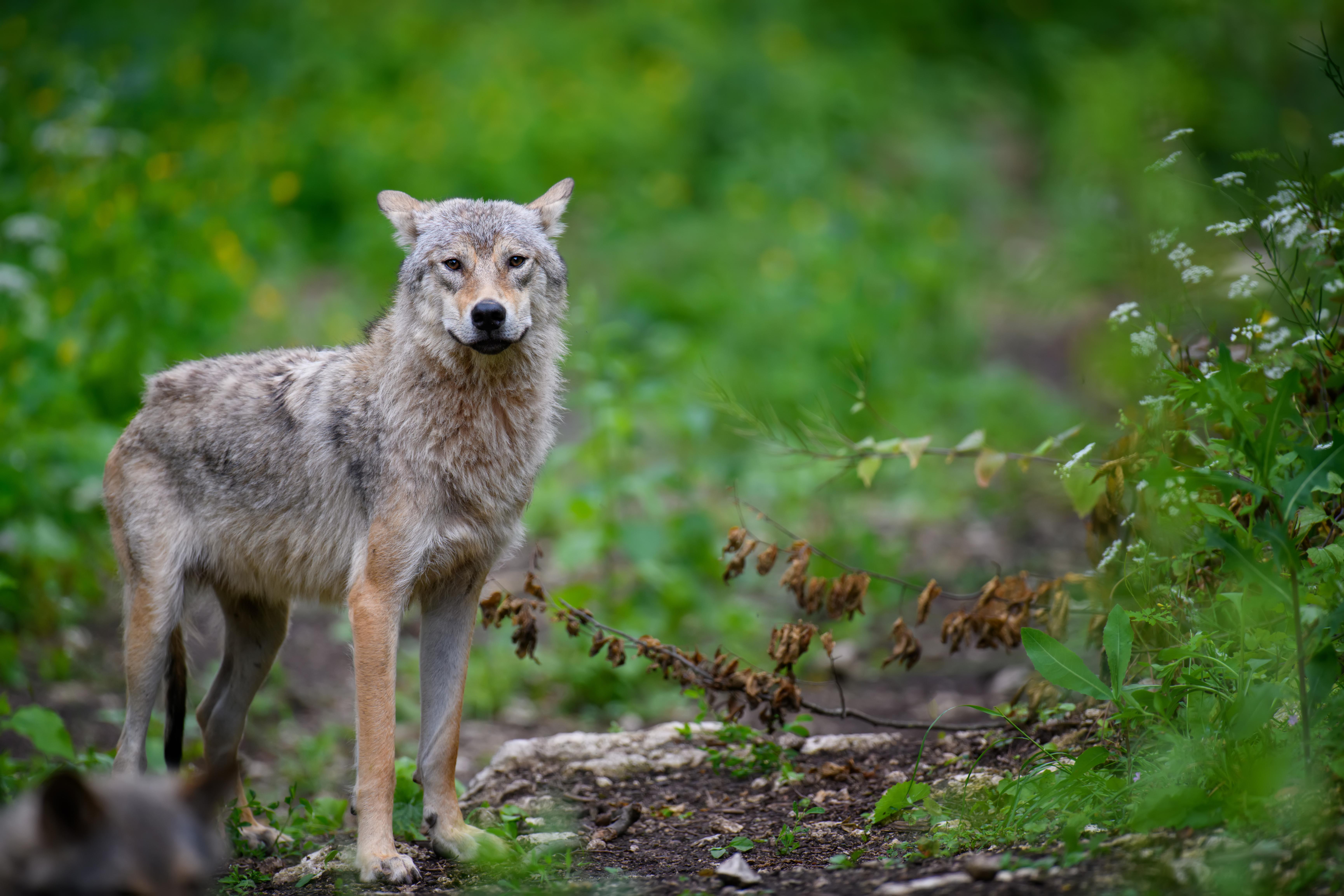
The relationship between humans and wolves has been fraught with conflict, often fueled by fear and misunderstanding. As human populations expand into wolf territories, encounters become more frequent, leading to tensions over livestock predation and perceived threats to safety. Efforts to mitigate these conflicts have included non-lethal deterrents, such as fencing and guard animals, as well as compensation programs for livestock losses. Education and outreach initiatives aim to foster coexistence by dispelling myths and promoting understanding of wolves' ecological roles. Successful coexistence requires balancing the needs of human communities with the conservation of wolves, recognizing their intrinsic value and the benefits they provide to ecosystems. By addressing the root causes of conflict and promoting coexistence, we can ensure a future where wolves and humans thrive together.
11. Conservation Efforts: Protecting Wolves for Future Generations
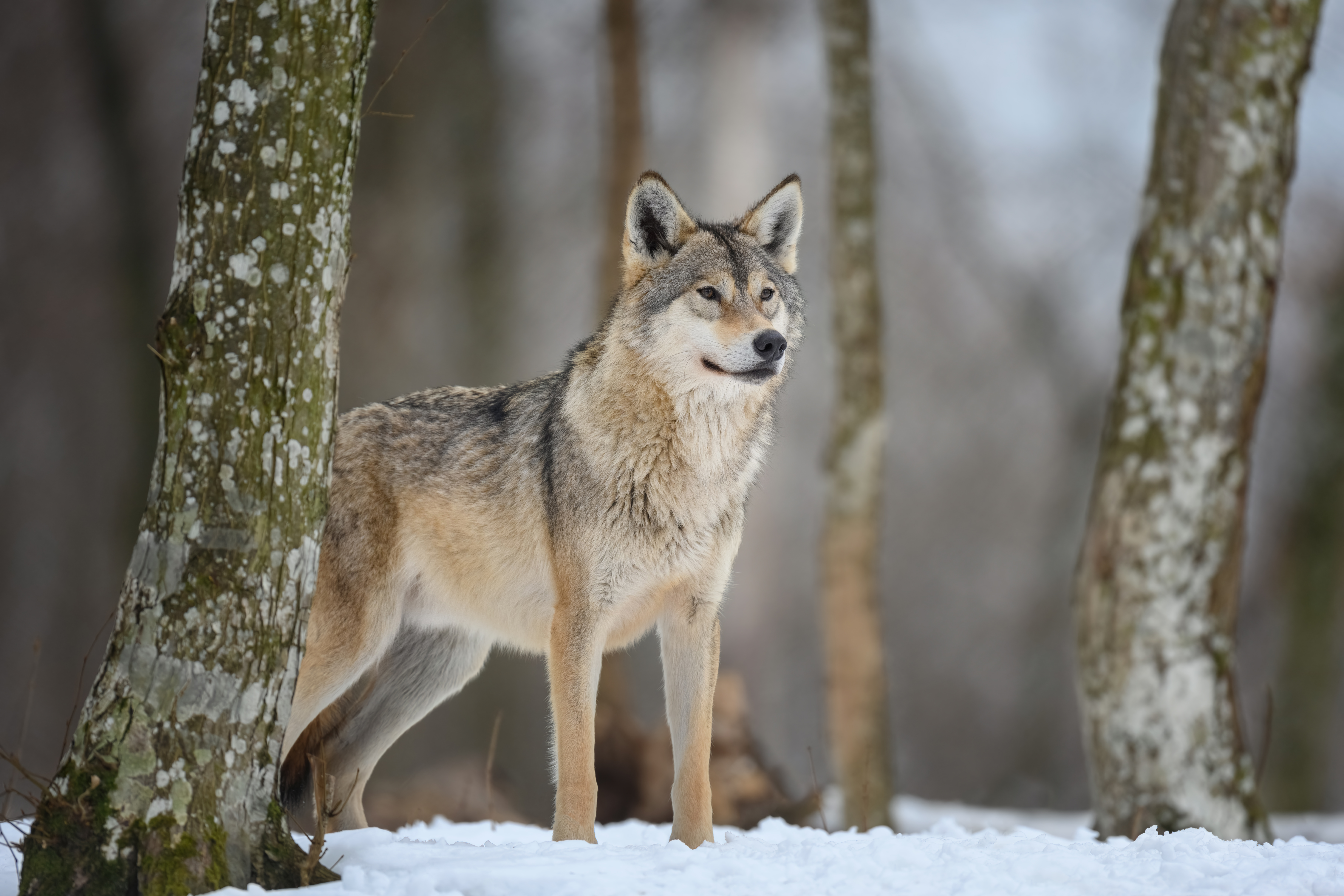
Conservation efforts for wolves are crucial to ensuring their survival and the health of ecosystems they inhabit. Wolves are protected under various international and national laws, but challenges remain due to habitat fragmentation, poaching, and political opposition. Conservation strategies include habitat restoration, legal protection, and reintroduction programs, such as those in Yellowstone and the Mexican Wolf Recovery Program. Public support and involvement are essential for the success of these initiatives, as is collaboration between governments, conservation organizations, and local communities. By prioritizing wolf conservation, we not only safeguard these iconic animals but also preserve the ecological balance they help maintain. Continued research and monitoring are vital to adapting conservation strategies to changing environmental conditions and threats, ensuring that future generations can witness the wonders of wolves in the wild.
12. Wolves and the Future: Imagining New Narratives
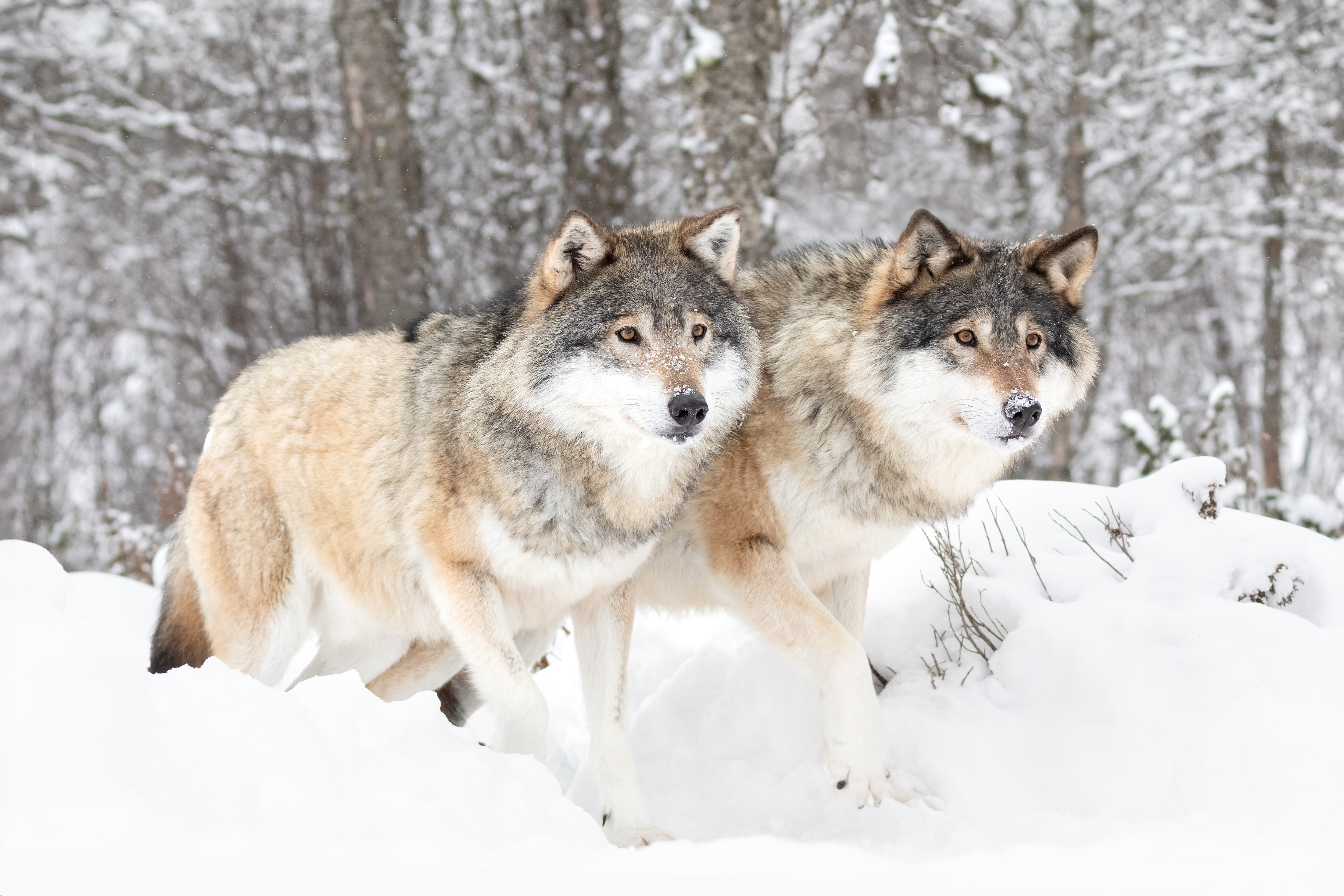
As we look to the future, the narrative surrounding wolves is shifting from one of fear and conflict to one of appreciation and coexistence. This change is driven by growing awareness of the ecological importance of wolves and the recognition of their cultural significance. By embracing a more nuanced understanding of wolves, we can foster a deeper connection to the natural world and inspire new conservation efforts. Innovative approaches, such as wildlife corridors and community-based conservation, offer hope for a future where wolves and humans can coexist harmoniously. As stewards of the planet, it is our responsibility to protect and preserve the rich tapestry of life that includes wolves, ensuring that their mystique continues to inspire awe and wonder for generations to come.
Embracing the Mystique of Wolves
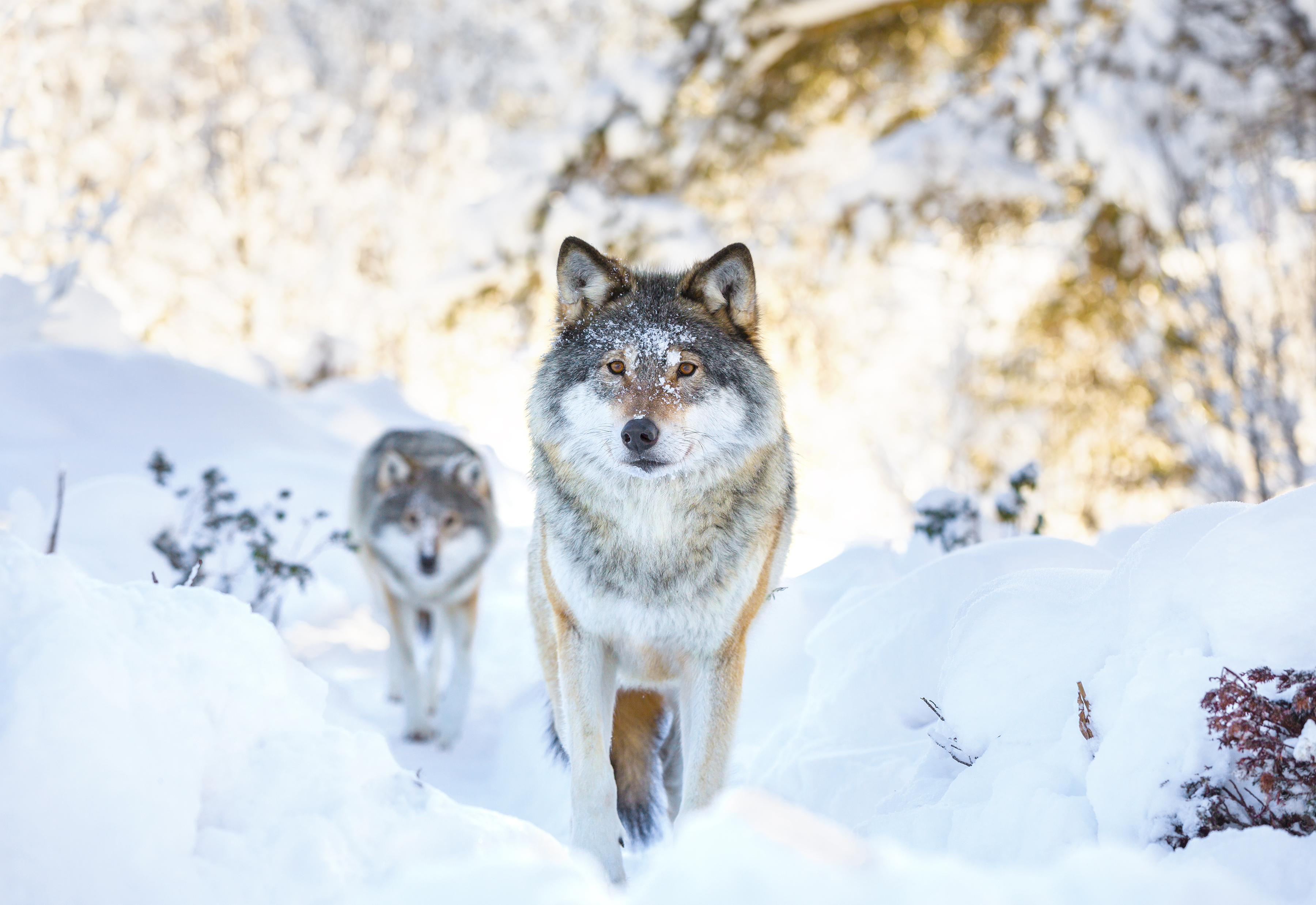
The journey into the world of wolves reveals a tapestry of complexity, intelligence, and beauty that defies simplistic stereotypes. From their intricate social structures and communication methods to their vital ecological roles, wolves are a testament to the wonders of the natural world. By unraveling the secrets of wolves, we gain not only a deeper understanding of these remarkable creatures but also a greater appreciation for the intricate web of life they help sustain. As we continue to learn from and about wolves, it is imperative that we challenge misconceptions and embrace their mystique with respect and admiration. In doing so, we pave the way for a future where wolves are celebrated as essential members of our shared ecosystem, enriching our planet with their presence and inspiring us to protect the wild places they call home.







